By Mark McConville
FASCINATING images and video footage have captured a water spider collecting air for its diving bell-like nest underwater.
The almost-hypnotic video shows the spider swimming to the surface of the water and collecting air which forms as a large bubble around its thorax before propelling quickly back to its nest.
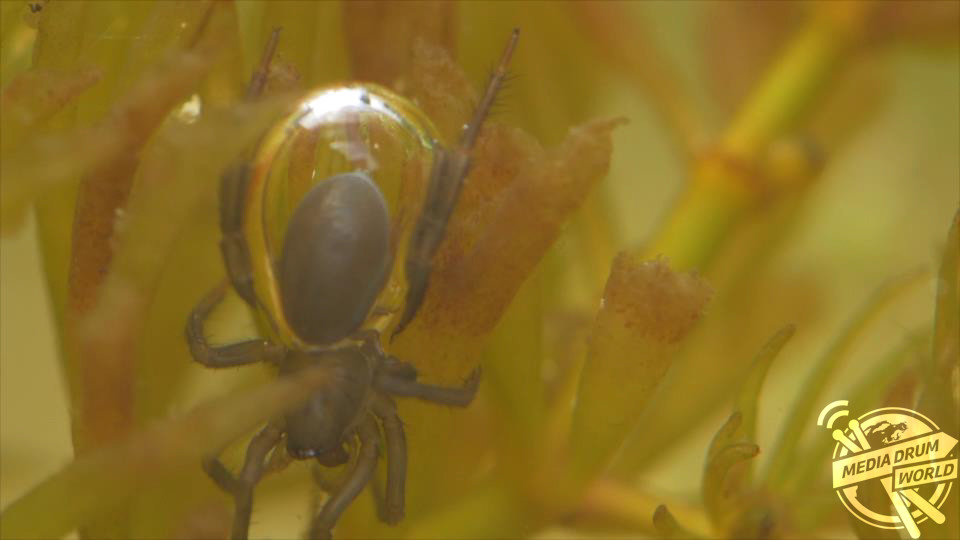
Other footage shows the spider distributing the air in its nest and pouncing into action to catch and eat its unfortunate prey which strayed too close.
The close-up clip was filmed by British photographer James Dunbar who specialises in invertebrates.
“As long as I can remember I have always loved nature and been obsessed with insects and spiders, especially ants,” he said.
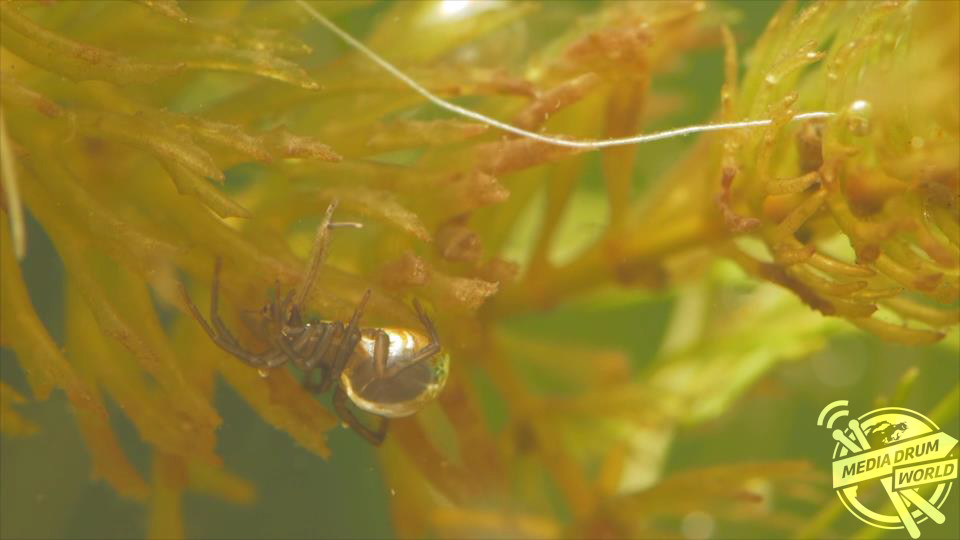
“I took this obsession to its natural conclusion and went on to study Zoology, getting my undergraduate degree from the University of Glasgow.
“There I specialised in the study of ant plant mutualism, neurological mechanisms of behaviour and behavioural ecology. I had at the time every intention of becoming an academic.
“After I graduated I took up photography as a hobby. And soon enough this hobby became a life-style and I decided to change career paths and try to get into media.
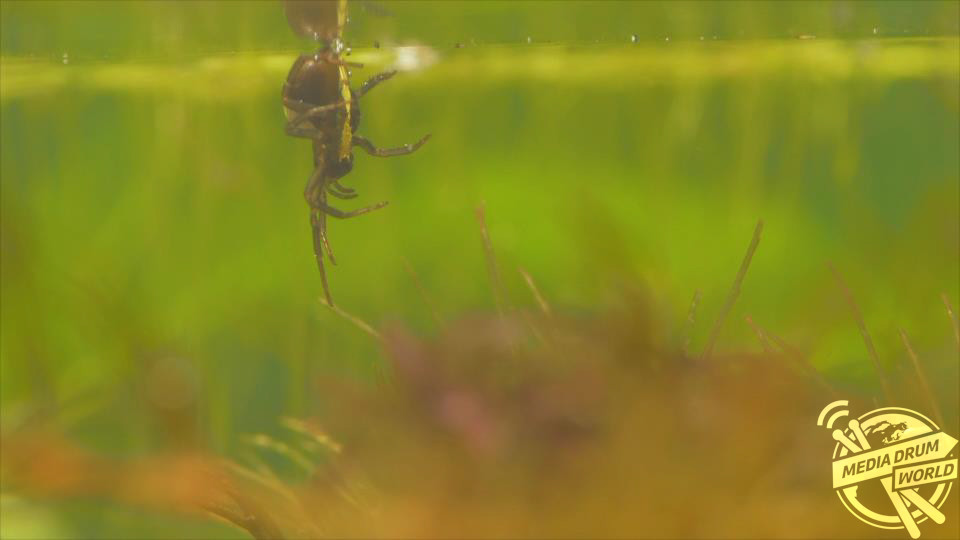
“Largely because I felt that this would be a better way to encourage more people to care about the environment and spread a message of conservation.”
The water spider, or diving bell spider as it is sometimes know, is one of the few species of spider known to live almost entirely underwater.
It is found in freshwater ponds and streams in northern and central Europe and northern Asia.
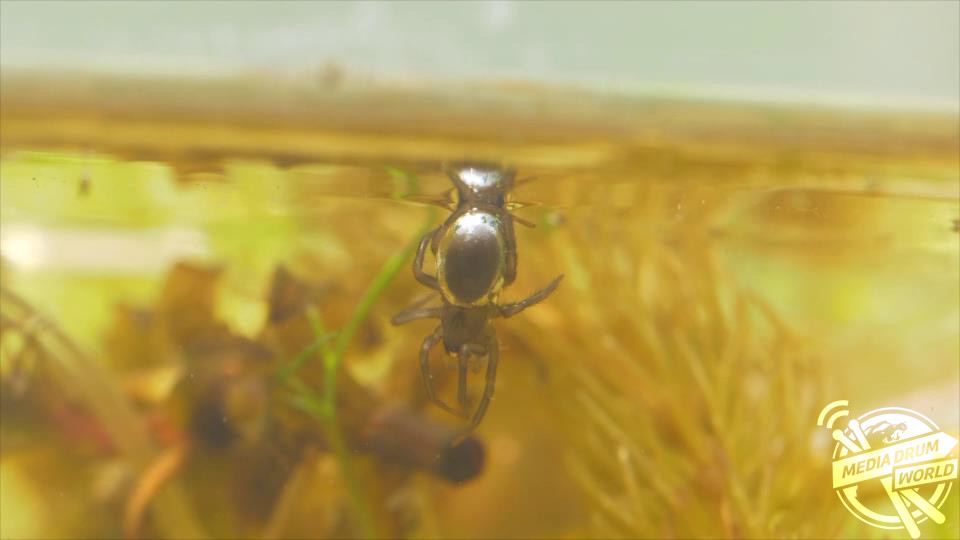
As with other spiders it breathes air; when submerged in water, an air bubble is trapped by a dense layer of hydrophobic hairs on its abdomen and legs, giving the abdomen a silvery appearance.
It is able to remain submerged for prolonged periods of time due to the silk-based structure it constructs in order to retain an oxygen supply, named after the diving bell structure it resembles.
Both sexes build diving bell webs which are used for digesting prey and molting, although only the female’s larger bell is used for mating and raising offspring.
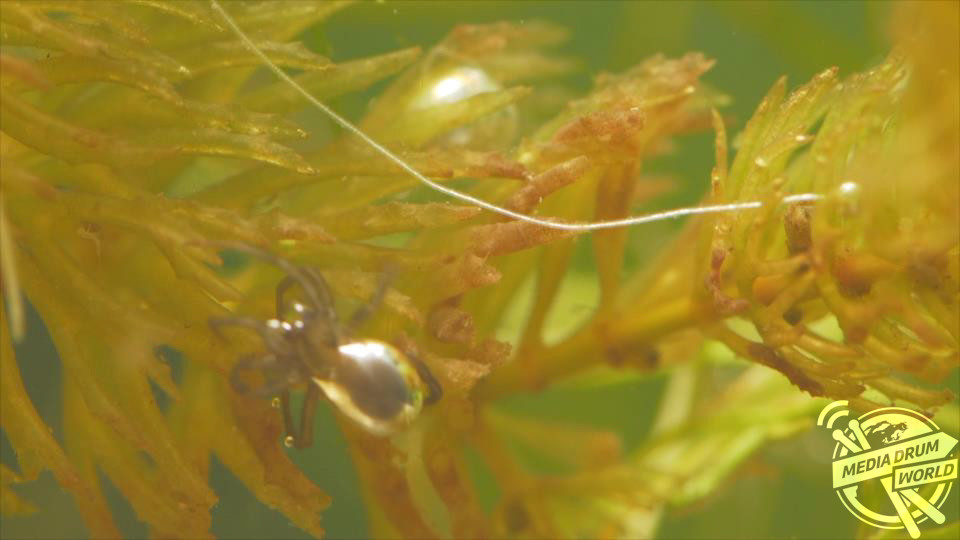
Females spend most of their time within their bells, darting out to catch prey animals that touch the bell or the silk threads that anchor it and occasionally surfacing to replenish the air within the web.
The bells built by males are typically smaller than females and are replenished less often.







